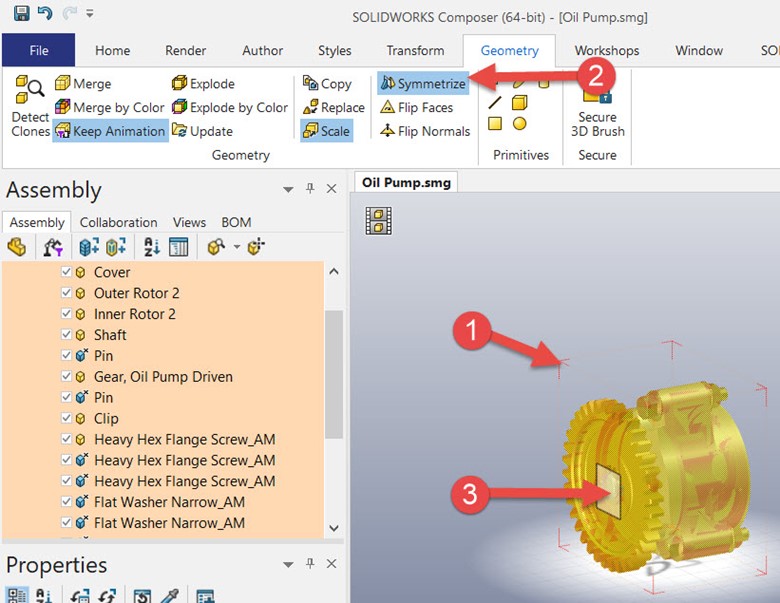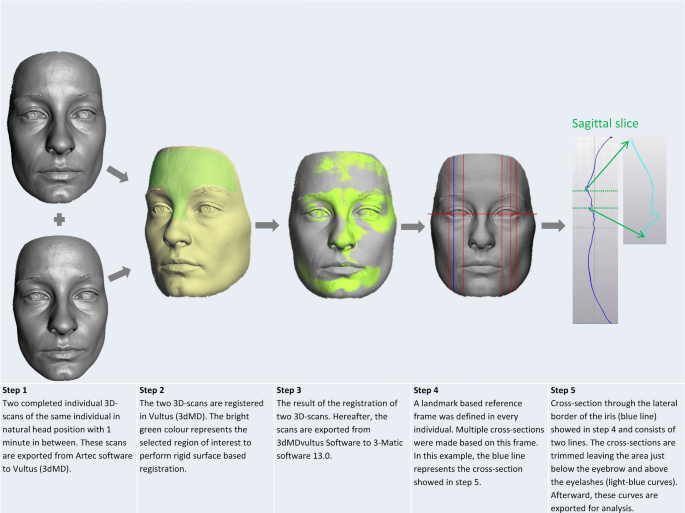

“Our Artec Spider captured exactly what we needed,” says Matt. The scanner was supplied by Artec’s local partner 3D Printing Colorado.
ARTEC STUDIO MIRROR OBJECTS SOFTWARE
TPI used Artec Spider structured-light 3D scanner along with Artec Studio 3D scanning and processing software for the job. “The dimensions and surface details needed to be close enough to what we would get from a silicone mold so that we could hand-finish 3D prints to look exactly like the original specimen.” “We needed to three-dimensionally digitize the skeleton that could not be dismantled so that a replica could be 3D printed,” says Matt. To recreate this specimen TPI’s Matt Christopher needed to mold it using 3D scanning. Steel was shaped around the skeleton, welded in place, and permanently puttied to the bones, so molding the individual bones in silicone was rendered impossible.

It was mounted and placed on exhibit in the 1990s using purely permanent means, so it was not built to ever be taken apart. This specimen is not just bones on shelves though. Normally the size would not be an insurmountable challenge as each individual bone would just be molded in silicone and cast from liquid plastics. Not only is this dinosaur over 26 feet long, but with the tall plates lining its neck, back and tail, it is also over 9 feet tall. Reproducing this specimen was complicated by a couple of factors. Discussions ensued and with the Denver Museum’s blessing, the work began RGDE owner Zach Reynolds’ grandfather regularly accompanied Kessler on dinosaur digs from the 40s through the 60s, so the Stegosaurus has both family and community ties. He was focused on getting the famous Kessler Stegosaurus at the Denver Museum for the project if at all possible because the new Royal Gorge Dinosaur Experience in Canon City was being built and they wanted a copy of the Stegosaurus that was collected by Kessler near Canon City. Mike Triebold was looking to add a Stegosaurus to his catalog of casts, but not just any Stegosaurus. The TPI headquarters house a collection of casts and original fossil specimens, which are on exhibit at the company’s hands-on natural history museum, the Rocky Mountain Dinosaur Resource Center. The company’s clients include the American Museum of Natural History in New York, Carnegie Museum in Pittsburgh, and the Smithsonian Museum of Natural History in Washington, D.C. TPI restores and mounts fossil skeletons and creates skeleton casts, supplying them to museums across the globe. Enter Mike Triebold of Triebold Paleontology, Inc.


 0 kommentar(er)
0 kommentar(er)
